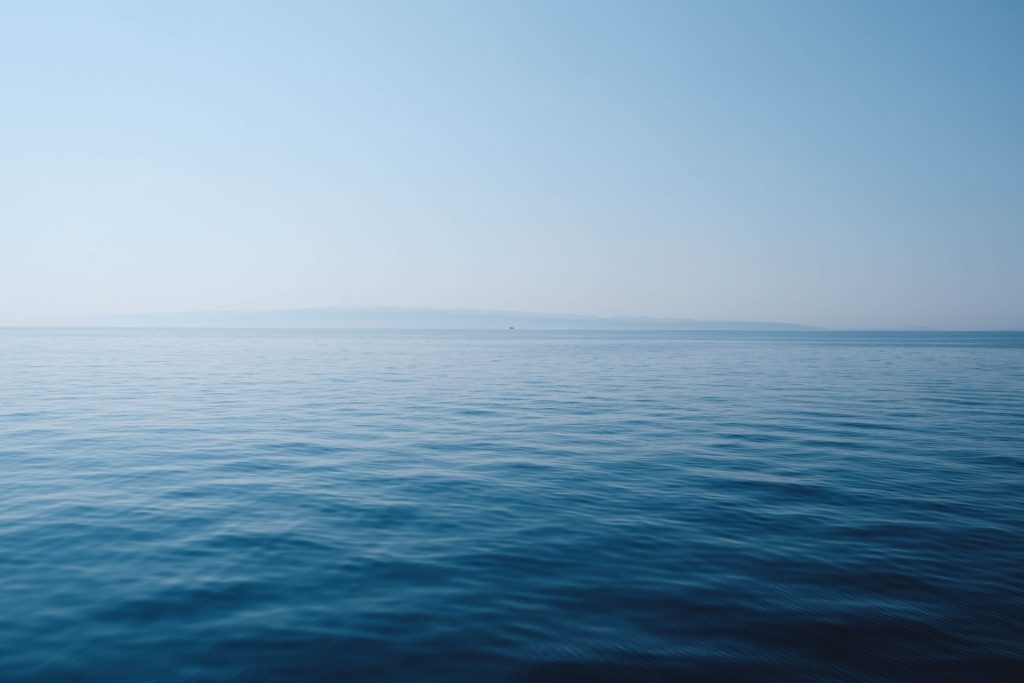How deep is the ocean?
The size and scale of the ocean can be overwhelming to think about, or even comprehend. With such size and wonderment, it’s easy to imagine how you could endlessly spin off questions about these amazing bodies of water and the secrets they hold. The focus of today’s article is a question commonly asked, yet seldom answered with absolute certainty for reasons yet to discuss. How deep is the ocean? A better way to ask this is would be to say how deep are the five oceans? Based off what science has uncovered thus far, it’s believe we have some answers to those questions. It’s quite possible that the answers we do supply are deeper and a bit more ambiguous than you may currently think (pun absolutely intended). These are the five deeps of our oceans…
Milwaukee Deep: The Deepest Point in the Atlantic Ocean
If you want to find the deepest known area of the Atlantic Ocean, you may be surprised to find out you have to go to Milwaukee for the answer. Milwaukee Depth, that is. Located in 8,740 meters of water (28,674 ft), Milwaukee Depth is currently the deepest surveyed / known location in the Atlantic. To get an understanding of where it lies geographically, Milwaukee Depth is located in a deep sea trench approximately 120km north of the island of Puerto Rico. To put into perspective just how deep Milwaukee Depth is, if you were to place Mt. Everest in its deepest point, an American football field’s length, would be all that separates the summit of Everest and the surface of the ocean.
Notice how it’s the deepest known spot in the Atlantic Ocean. The reality, which you’re best off facing as soon as possible, is that most of our oceans are unexplored and a gigantic mystery. We don’t understand them as comprehensively as we do our continents (and even those we haven’t mapped perfectly, see Graham Hancock on JRE). This is a theme which will persist throughout this article. If you’re prone to anxiety, or hate the idea of realizing just how small you really are, I politely ask you share this article right before mousing up and clicking the “X” in the top right of your browser.
Molloy Deep: The Deepest Area of the Arctic Ocean
Commonly referred to as the world’s “shallowest” ocean, the Arctic Ocean needn’t be underestimated. With its deepest point being Molloy Deep, located in the Fram Strait. At just 5573m (18,284 ft), it pales in size compared to its counterparts. There is an organization called “The Five Deeps Expedition” who try to visit these deeps of our oceans. They actually just visited Molloy Deep as recently as 2019 and completed the first and only human expedition down into it. See their press release on visiting the bottom of the deep here.
The Sundra Trench: Indian Ocean
On the opposite side of the world from Milwaukee Depth lies a slightly shallower yet imposing formation called The Sundra Trench (also referred to as The Java Trench). With a depth of 7,450m (24,440 ft), it’s located in a tectonic subduction zone (where one tectonic plate slides beneath another), making it a prime location for seismic activity of all sorts. Unfortunately, this also means that it’s responsible for claiming many lives. This area is considered the epicenter of the 2004 Boxing Day Tsunami, which struck the coast of Indonesia, as well as 11 other countries with devastating results when the tectonic plates in the area slipped many meters
Southern Ocean
The Southern Ocean is one of those things that just sorta gets swept under the rug. When you think about the waters surrounding Antarctica, I can’t be the only one who just lumps it into “The Antarctic” right? Well anyways, it exists and it does in fact have quite a deep region within it. The deepest spot in the Southern Ocean is called Meteor Deep, situated in the South Sandwich Trench system. It has a maximum depth of 8428m (27,650 ft) beneath the surface.
The Pacific Ocean
I want you to imagine you are in a tiny row boat in the Pacific Ocean. Putting along in your little row boat, you begin to notice that all of the water that once surrounded you has vanished until eventually, you are hovering in place above what once was an ocean. If this fever dream were a reality, you would be floating at 11,033m (36,200 ft) in suspended space above Challenger Deep, the deepest known area of not just the Pacific Ocean, but all of our oceans. In fact, if you were in such a rowboat hovering above Challenger Deep, you’d be right around cruising altitude of most jet airliners, 24 Empire State buildings, or 6.8 miles above this ludicrously deep area of ocean.
For more information about the five deeps, please explore the source material used to create this article!
Sources :USGS(water), Ocean Depths, Java Trench Tsunami, Tsunami 2,extra, Five Deeps Expedition, Molloy hole press release,

